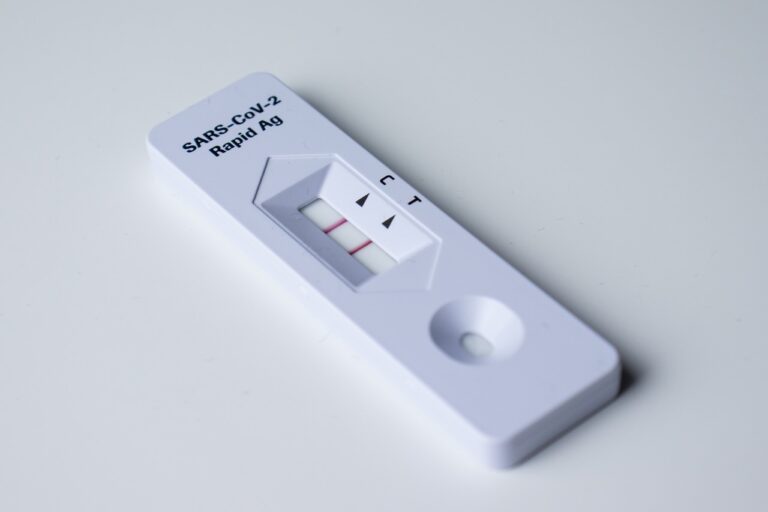The Future of 3D Printing in Healthcare
3D printing technology has revolutionized the healthcare industry by allowing for the production of customized medical devices and implants with unparalleled precision. This technology enables healthcare professionals to tailor treatment plans to individual patients, improving patient outcomes and reducing recovery times. By creating patient-specific solutions, 3D printing minimizes the risks associated with traditional one-size-fits-all approaches, leading to more successful surgeries and interventions.
Furthermore, the accessibility and affordability of 3D printing have opened up new possibilities for medical research and innovation. From prosthetics to organ transplants, this technology has the potential to transform the way we approach healthcare. By harnessing the power of 3D printing, hospitals and medical facilities can streamline their workflows, enhance patient care, and push the boundaries of what is possible in the field of medicine.
Advancements in Customized Medical Devices
Customized medical devices have revolutionized the way healthcare is delivered and have significantly improved patient outcomes. With the advancements in 3D printing technology, medical professionals can now tailor-make devices to perfectly fit the unique anatomy of each patient. This level of customization not only enhances the effectiveness of the devices but also minimizes the risk of complications that often arise from using standardized medical equipment.
Moreover, the development of personalized medical devices has led to improved comfort and quality of life for patients. Being able to create devices that are specifically designed for an individual’s needs and specifications ensures better functionality and patient satisfaction. As technology continues to advance, the possibilities for creating even more intricate and precise customized medical devices are endless, providing healthcare professionals with innovative solutions to address a wide range of medical conditions.
How has 3D printing technology impacted the healthcare industry?
3D printing technology has revolutionized the healthcare industry by allowing for the production of customized medical devices such as prosthetics, implants, and surgical instruments.
What are some examples of customized medical devices that have been developed using 3D printing technology?
Some examples of customized medical devices produced using 3D printing technology include patient-specific implants for orthopedic surgeries, personalized hearing aids, and custom-fit prosthetic limbs.
How do customized medical devices benefit patients?
Customized medical devices offer patients a higher level of comfort, improved functionality, and better treatment outcomes compared to traditional, one-size-fits-all devices.
Are there any limitations to the use of customized medical devices?
While customized medical devices offer numerous benefits, they may be more expensive and time-consuming to produce compared to standard medical devices. Additionally, not all healthcare providers may have access to 3D printing technology.
What does the future hold for customized medical devices?
The future of customized medical devices looks promising, with ongoing advancements in 3D printing technology and increased adoption by healthcare providers. This trend is expected to lead to more personalized and effective treatments for patients.





